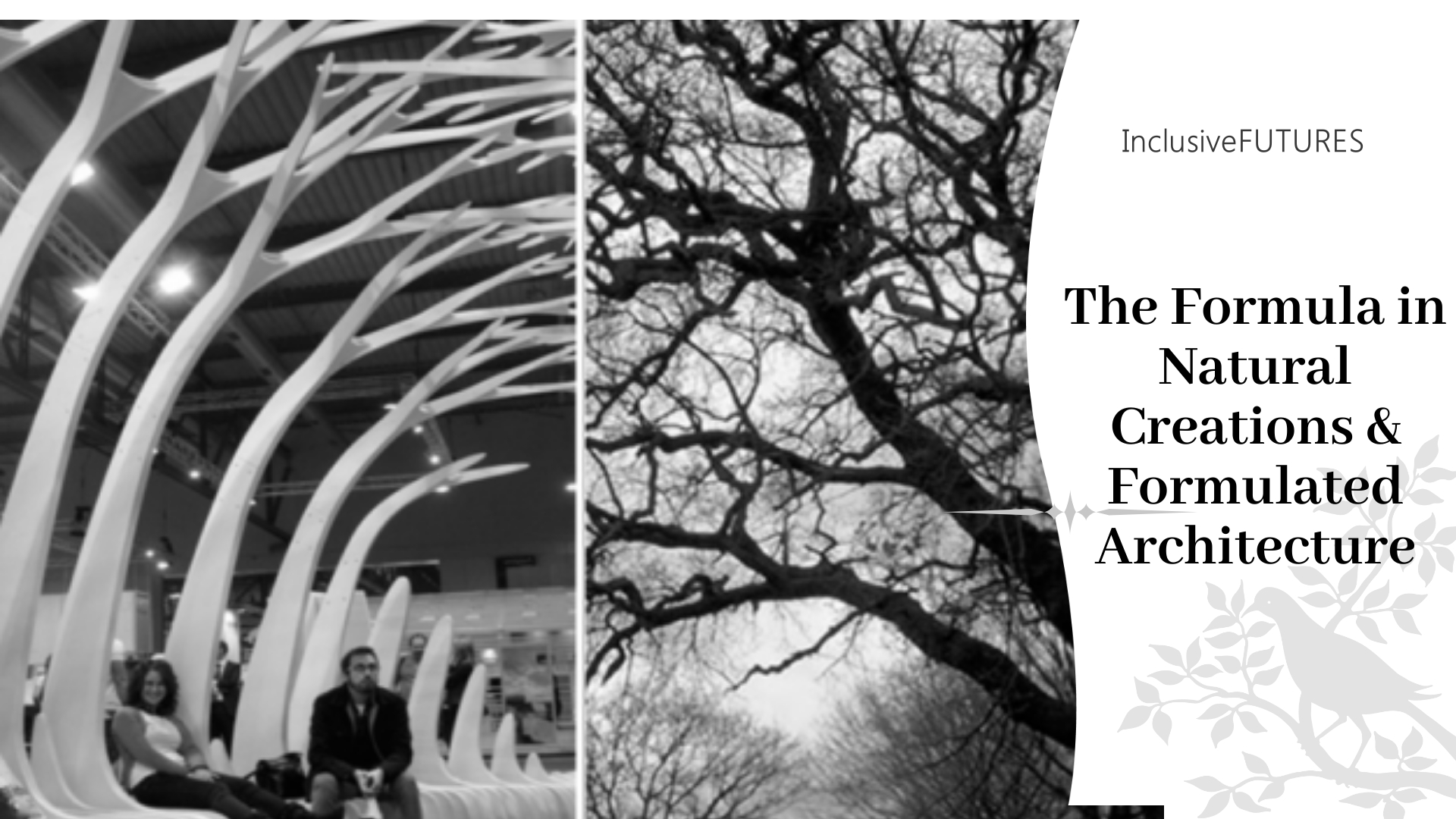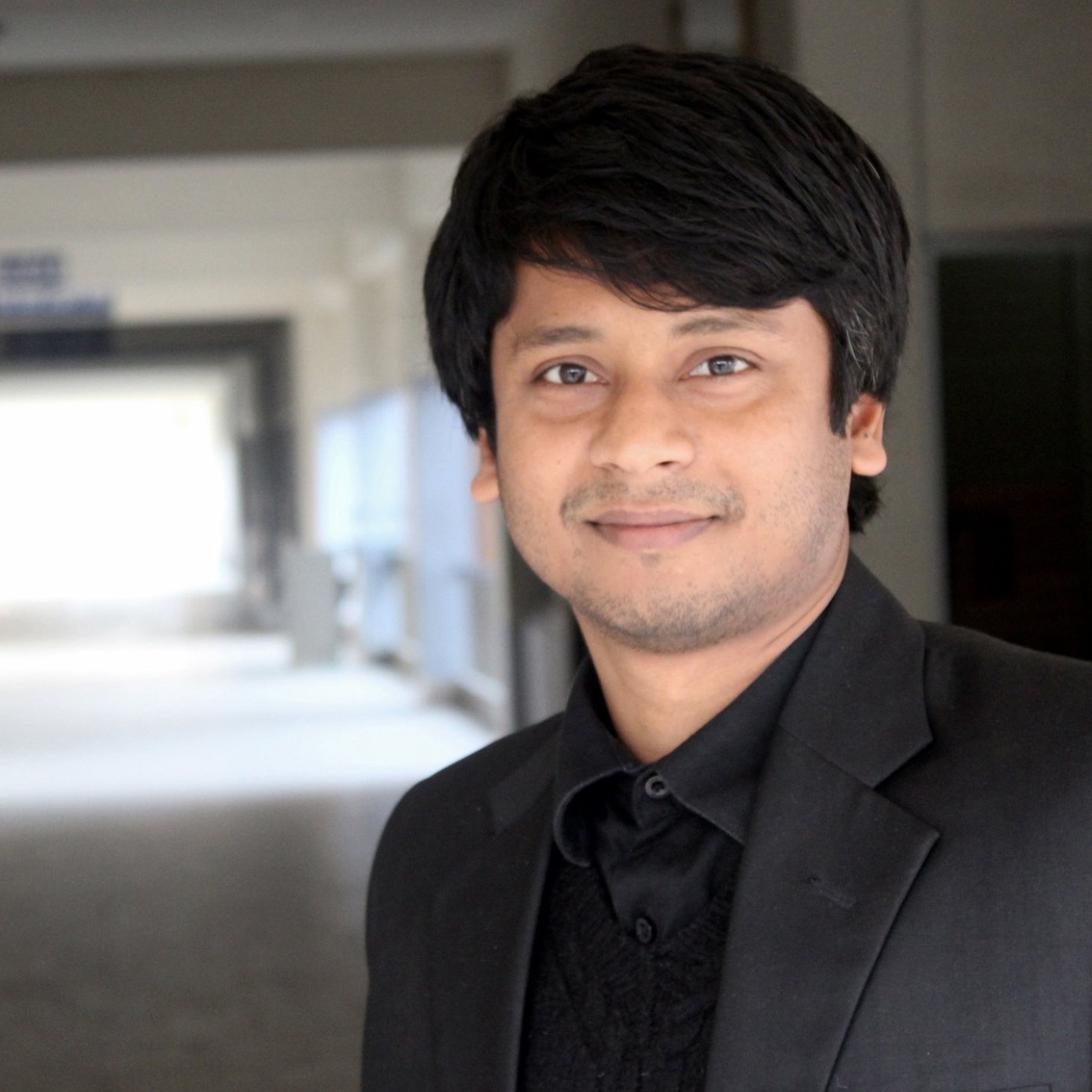Bio Design | Online Workshop | English | Asia-Pacific
Description:
"The laws of nature are but the mathematical thoughts of God" – Euclid. In this Materialistic World Patterns in nature are visible regularities of form found in the natural world. These patterns recur in different contexts and can sometimes be modeled mathematically. Architecture has always been tied with the patterns and orders of Nature, humans, living creatures, and living organisms and regarded it as a source of inspiration for years. The architecture defined by natural patterns explores a new methodology to interconnect scientific evidence with creative design in the field of architecture.
The biological processes of natural selection and sexual selection explain patterns in living things. In this workshop, we will talk about natural patterns and formulas including symmetries, trees, spirals, meanders, waves, foams, tessellations, cracks, and stripes.
Gradually Students will get into the form and formula of the human body, which is a mosaic pattern of DNA mutations. The pattern in human DNA and cells like Voronoi, human protein, protein atlas has certain patterns which have a strong application in Architecture.
Students will learn about Biornametics –which is an emerging contemporary design practice that explores a new methodology to interconnect scientific evidence with creative design in the field of architecture. It is based on digital techniques that assemble from controlling programs and codes, less concerned with serial rationality but with algorithmic, digital operations and connecting the processes of planning and production.
The workshop will also cover Biomorphic forms and patterns, which refer to many buildings across the globe, exhibit nature-like characteristics, making them interesting, captivating, contemplative, and absorptive.
Students will learn about Microbial architecture, how architecture could shape our Microbiome. Architecture has a good role to expose us to good bacteria, and prevent us from the bad ones.
Students will learn about the references of the applications of how natural and biological patterns and living organisms are closely connected to the geometry of architecture along with some case studies.

Key Words:
Pattern Theory,Biomimetics,Biornametics,Microbial Architecture
Required Skills:
Knowledge About Architecture, Biology & Basic level of Computer Science or Data Science
Required Software:
Zoom, Microsoft Office
Required Hardware:
One Laptop/Computer of good configuration for each person
Maximum number of participating students:
35
The biological processes of natural selection and sexual selection explain patterns in living things. In this workshop, we will talk about natural patterns and formulas including symmetries, trees, spirals, meanders, waves, foams, tessellations, cracks, and stripes.
Gradually Students will get into the form and formula of the human body, which is a mosaic pattern of DNA mutations. The pattern in human DNA and cells like Voronoi, human protein, protein atlas has certain patterns which have a strong application in Architecture.
Students will learn about Biornametics –which is an emerging contemporary design practice that explores a new methodology to interconnect scientific evidence with creative design in the field of architecture. It is based on digital techniques that assemble from controlling programs and codes, less concerned with serial rationality but with algorithmic, digital operations and connecting the processes of planning and production.
The workshop will also cover Biomorphic forms and patterns, which refer to many buildings across the globe, exhibit nature-like characteristics, making them interesting, captivating, contemplative, and absorptive.
Students will learn about Microbial architecture, how architecture could shape our Microbiome. Architecture has a good role to expose us to good bacteria, and prevent us from the bad ones.
Students will learn about the references of the applications of how natural and biological patterns and living organisms are closely connected to the geometry of architecture along with some case studies.

Schedule:
Jun 26 - Jul 3
-
Day 1 / Jun 26
-
Day 2 / Jun 27
-
Day 3 / Jun 28
-
Day 4 / Jun 29
-
Day 5 / Jun 30
-
Day 6 / Jul 1
-
Day 7 / Jul 2
-
Day 8 / Jul 3
Instructors:
-
 Susmita Biswas AUST,ProfessionalSusmita Biswas Sathi, a pioneer of parametric and parametric & coded architecture in my country, Bangladesh. She has gained entrepreneurial fame in architecture and songwriting. She has been to many advanced level workshops and gave her keynote speech to many international conferences in China, India & Bangladesh. She was selected as the most promising Architects out of 10 Architects at CAUP, Tongji University in DigitalFUTURES Young series two times. She has gained three times Certifications in Computational Temple Design, Jazz Urbanism & Print Fast Pile High, a concern of Robotic Fabrication with Zaha Hadid Architects from DigitalFUTURES, Tongji University, Shanghai. She is comfortable in team leadership and big management with easy access to the complex level of software and people. She has a good experience of teaching in workshops as she had launched the first parametric design workshop in Bangladesh, also she had been the Honorary Faculty of Parametric Design for the first time in Bangladesh at Northern University of Business & Technology Khulna, Bangladesh. www.susmitabiswassathi.com
Susmita Biswas AUST,ProfessionalSusmita Biswas Sathi, a pioneer of parametric and parametric & coded architecture in my country, Bangladesh. She has gained entrepreneurial fame in architecture and songwriting. She has been to many advanced level workshops and gave her keynote speech to many international conferences in China, India & Bangladesh. She was selected as the most promising Architects out of 10 Architects at CAUP, Tongji University in DigitalFUTURES Young series two times. She has gained three times Certifications in Computational Temple Design, Jazz Urbanism & Print Fast Pile High, a concern of Robotic Fabrication with Zaha Hadid Architects from DigitalFUTURES, Tongji University, Shanghai. She is comfortable in team leadership and big management with easy access to the complex level of software and people. She has a good experience of teaching in workshops as she had launched the first parametric design workshop in Bangladesh, also she had been the Honorary Faculty of Parametric Design for the first time in Bangladesh at Northern University of Business & Technology Khulna, Bangladesh. www.susmitabiswassathi.com -
 Pijush Kumar Paul Gono Bishwabidyalay,Assistant ProfessorPijush Kumar Paul is a Pharmacist and working as an Assistant Professor in the Department of Pharmacy Gono Bishwabidyalay, a reputed private University of Bangladesh. He is an experienced scientist with expertise in drug delivery/formulation, nanotechnology, drug development, molecularly imprinted polymer, and lipid nanoparticles. Paul’s research background is rooted extensively in bioinspired materials constructed by the molecular imprinting technique. He obtained his Ph.D. in Pharmaceutical Sciences from Prince of Songkla University, Thailand. He went to pursue his postdoctoral training in the School of Pharmacy at the Fudan University affiliated with Tongji University, China. He has published a number of articles in high-impact journals like the International Journal of Pharmaceutics, Acta Pharmaceutica Sinica B, and Acta Pharmaceutica. Paul has presented his research work at the International Conference in different countries including Thailand, Singapore, and England.
Pijush Kumar Paul Gono Bishwabidyalay,Assistant ProfessorPijush Kumar Paul is a Pharmacist and working as an Assistant Professor in the Department of Pharmacy Gono Bishwabidyalay, a reputed private University of Bangladesh. He is an experienced scientist with expertise in drug delivery/formulation, nanotechnology, drug development, molecularly imprinted polymer, and lipid nanoparticles. Paul’s research background is rooted extensively in bioinspired materials constructed by the molecular imprinting technique. He obtained his Ph.D. in Pharmaceutical Sciences from Prince of Songkla University, Thailand. He went to pursue his postdoctoral training in the School of Pharmacy at the Fudan University affiliated with Tongji University, China. He has published a number of articles in high-impact journals like the International Journal of Pharmaceutics, Acta Pharmaceutica Sinica B, and Acta Pharmaceutica. Paul has presented his research work at the International Conference in different countries including Thailand, Singapore, and England.